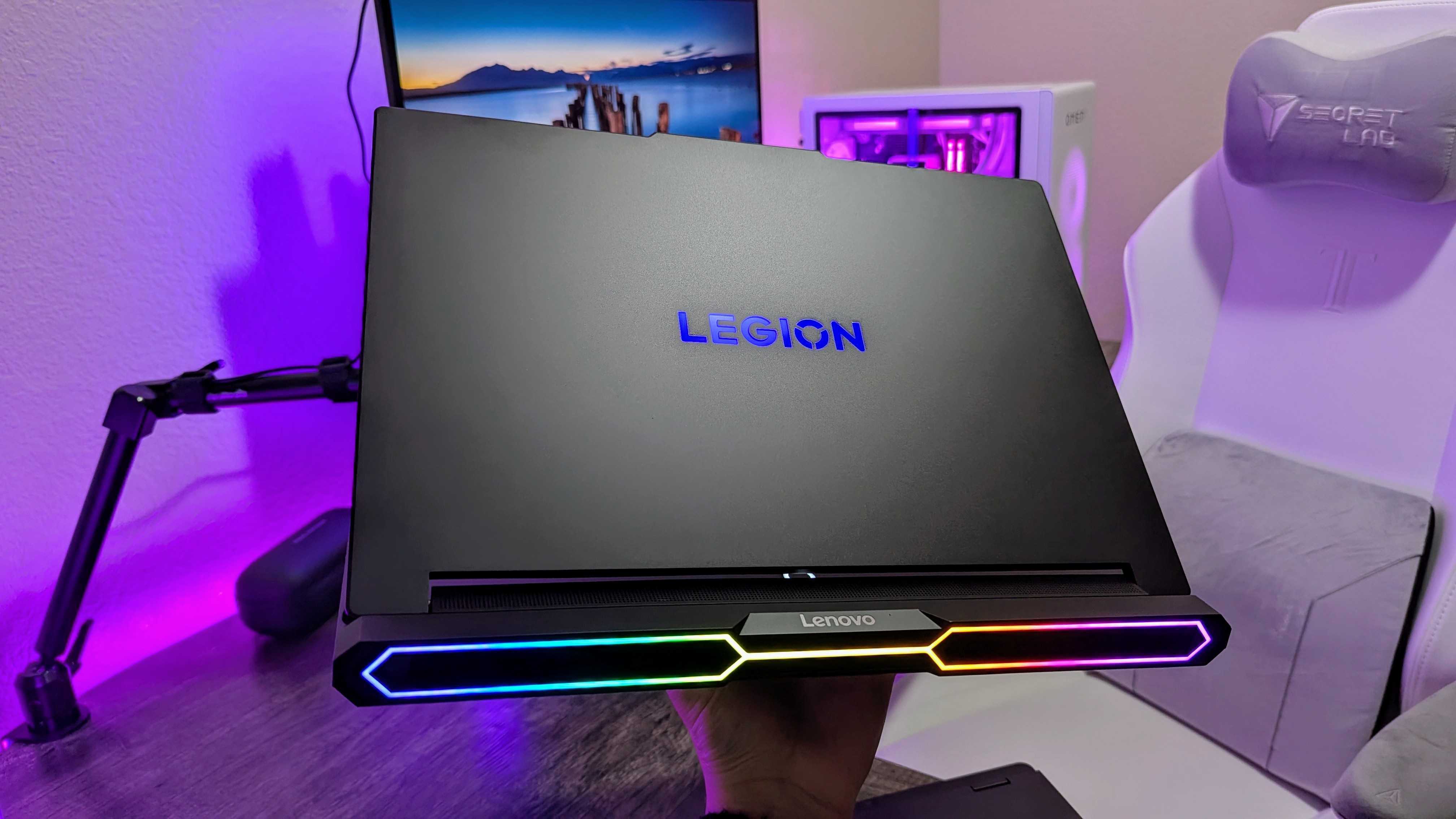
Lenovo is a safe recommendation for anyone seeking a powerful and capable gaming laptop.
The flagship Lenovo Legion Pro 7i has never tried to be the sleekest or most luxurious laptop. Still, for several years now, it has offered an excellent blend of performance, reliability, and features.
Now, a new generation of Intel and NVIDIA hardware has lined up for the first time in a few years, giving companies the perfect opportunity to reimagine their PC offerings. Lenovo took advantage with a redesign for its hero device.
I have the brand-new Lenovo Legion Pro 7i (Gen 10) in my office. As the person who reviewed the last couple generations of the Legion Pro 7i for Windows Central, here are my first impressions of Lenovo's most powerful laptop yet.
What do I need to know about this laptop?
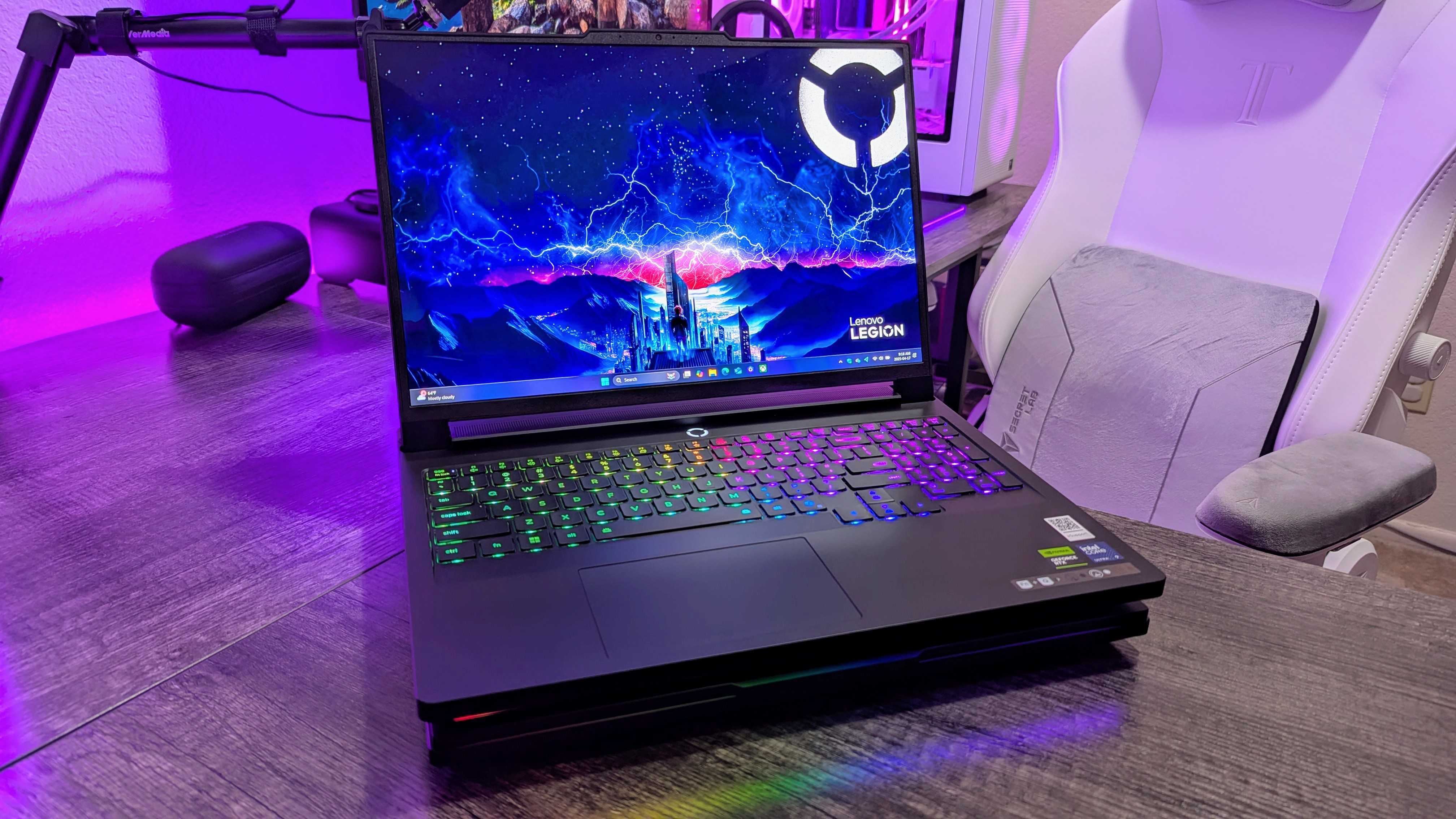
The new Lenovo Legion Pro 7i (Gen 10) is the top of the Legion family (at least until Lenovo possibly updates the Legion 9i), packing the most powerful hardware available.
Inside, you'll find the latest Intel Core Ultra (Series 2) chipsets; more specifically, the Legion Pro 7i is powered by the highest-end Core Ultra 9 275HX, the 24-core monster that sits above the Intel Core Ultra 9 285H I reviewed.
That processor is joined by the latest NVIDIA GeForce RTX 50-series GPUs, up to the flagship RTX 5090 with a whopping 24GB of VRAM. Supporting that is upgradeable DDR5 RAM and plenty of SSD storage, with Lenovo even planning to offer a lightning-fast PCIe Gen5 option at some point.
It's a potent combination of hardware surrounded by a redesigned, CNC-milled aluminum chassis. Some familiar elements, including the excellent TrueStrike keyboard, are present, but Lenovo redesigned the thermal shelf and venting to improve airflow, leading to a very different silhouette for the Legion Pro 7i.
Open the metal lid, and you'll be greeted by another massive upgrade: the IPS LCD of old is gone, replaced by a top-of-the-line QHD+ OLED panel with a 240Hz refresh rate and 0.5ms response time.
The new Lenovo Legion Pro 7i (Gen 10) is a true year-over-year upgrade, and the configuration that I was sent to review can be yours for $3,599.99 at Lenovo. Yeah, that makes the Legion Pro 7i a significant purchase, but you will get one of the most powerful 16-inch laptops you can buy.
Unboxing the brand-new Legion Pro 7i
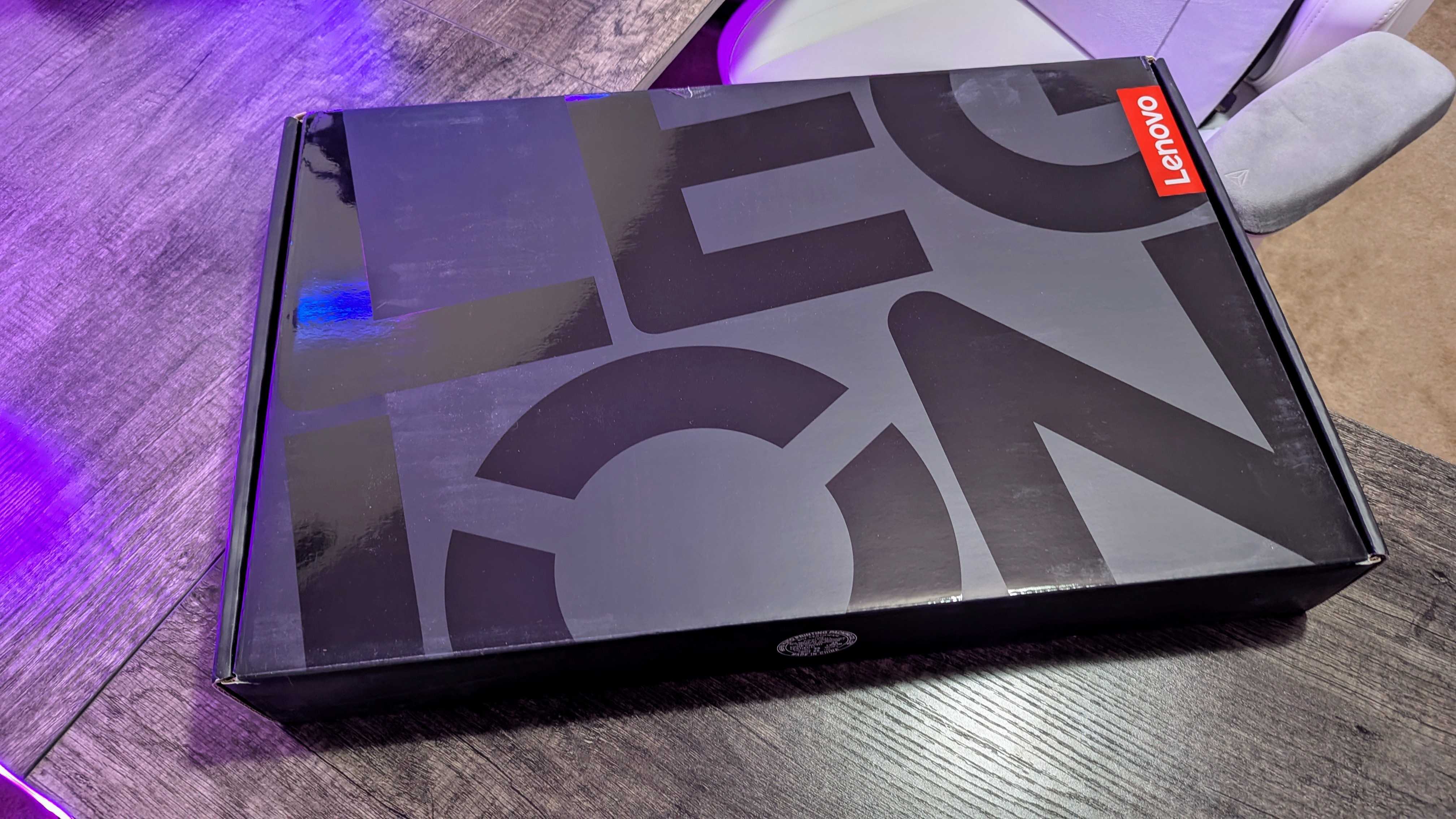
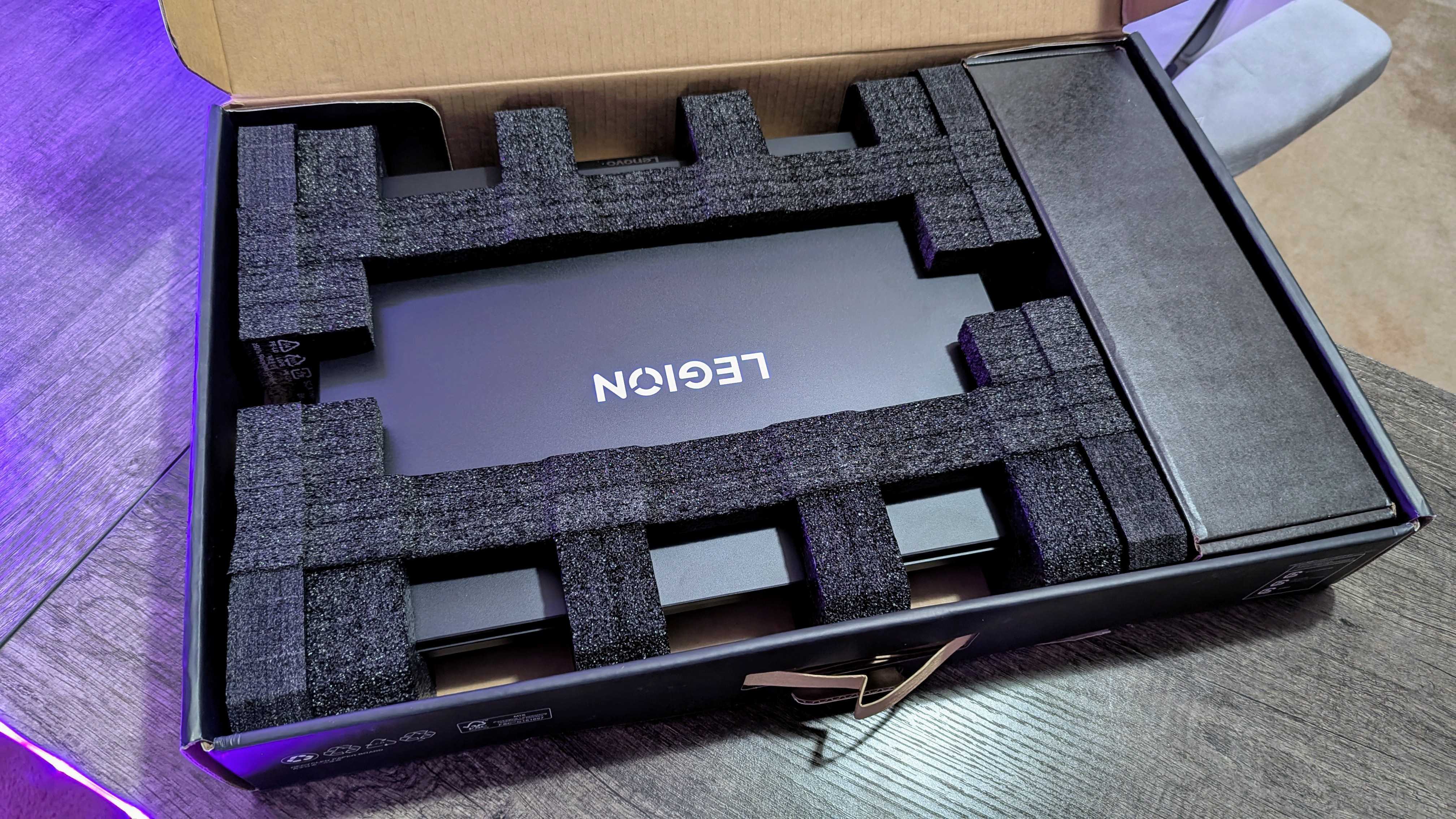
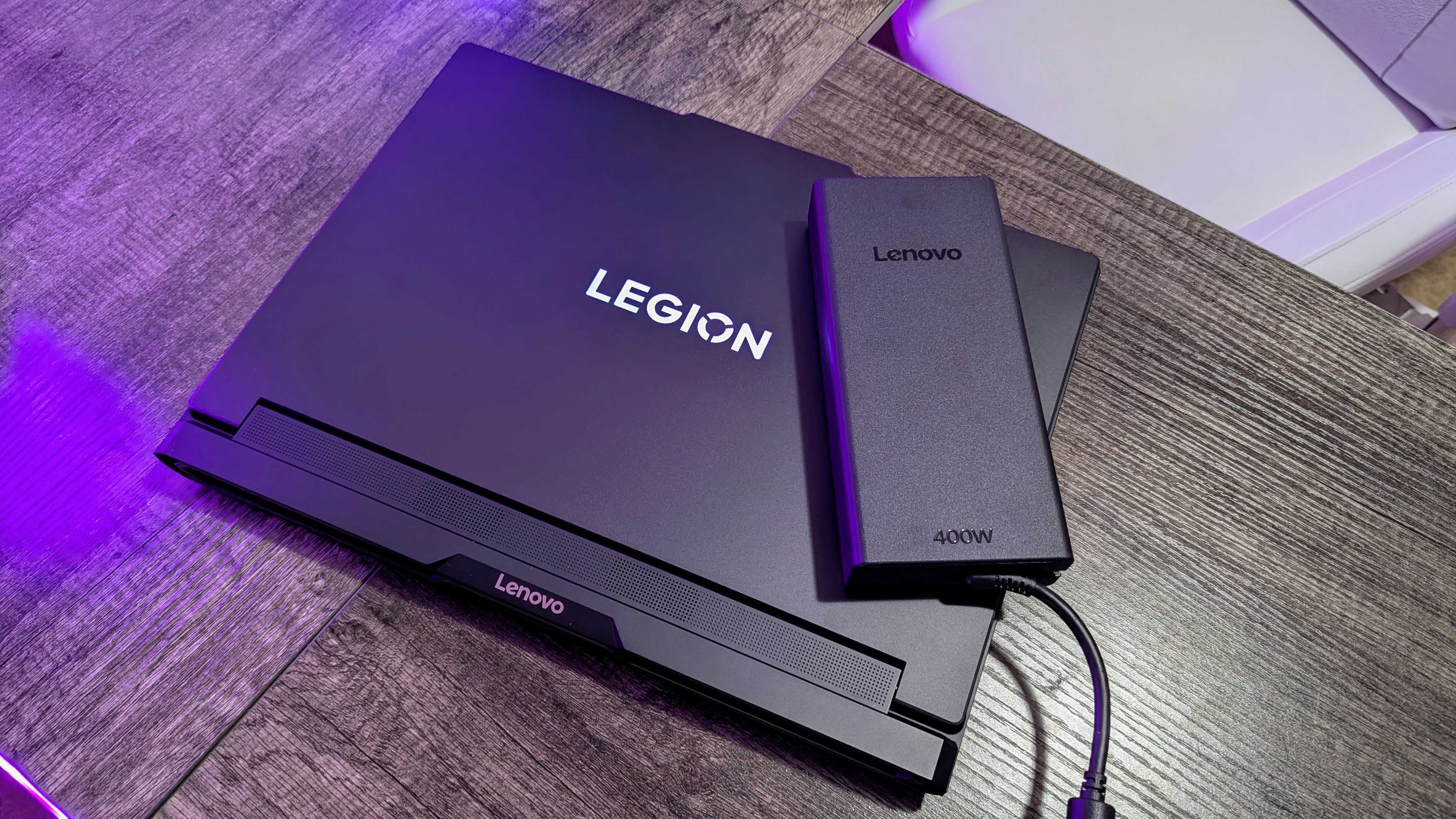
Unboxing the new Lenovo Legion Pro 7i was immediately familiar, harkening back to the days of reviewing Gen 8 and Gen 9. Yeah, Lenovo didn't redesign the packaging this time around, but it didn't really have to.
It's a simple, easy unboxing experience that lets you get straight to the laptop without fuss. You won't find any extras in here, with the box containing just the Legion Pro 7i and the new, truly massive charging adapter.
The 330W charging brick of previous years was already substantial, but Lenovo jumped to 400W with the Legion Pro 7i, the biggest adapter I've seen so far.
This enables the new 250W TDP peak that the Legion Pro 7i can sustain, with the GPU able to boost up to 175W. It's still in the early days for my review, but the performance gains are real.
What did Lenovo change with the new Legion Pro 7i?
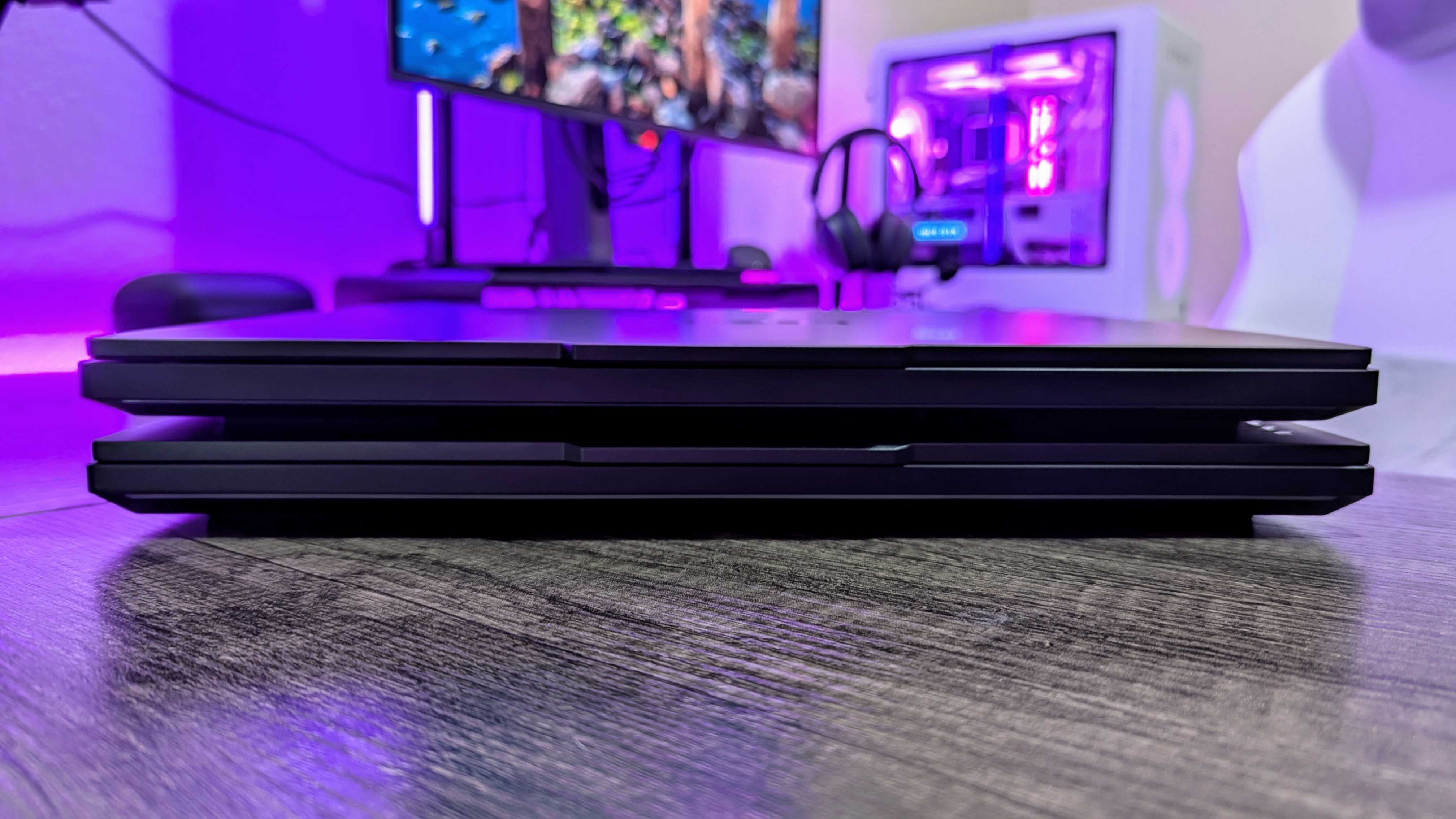
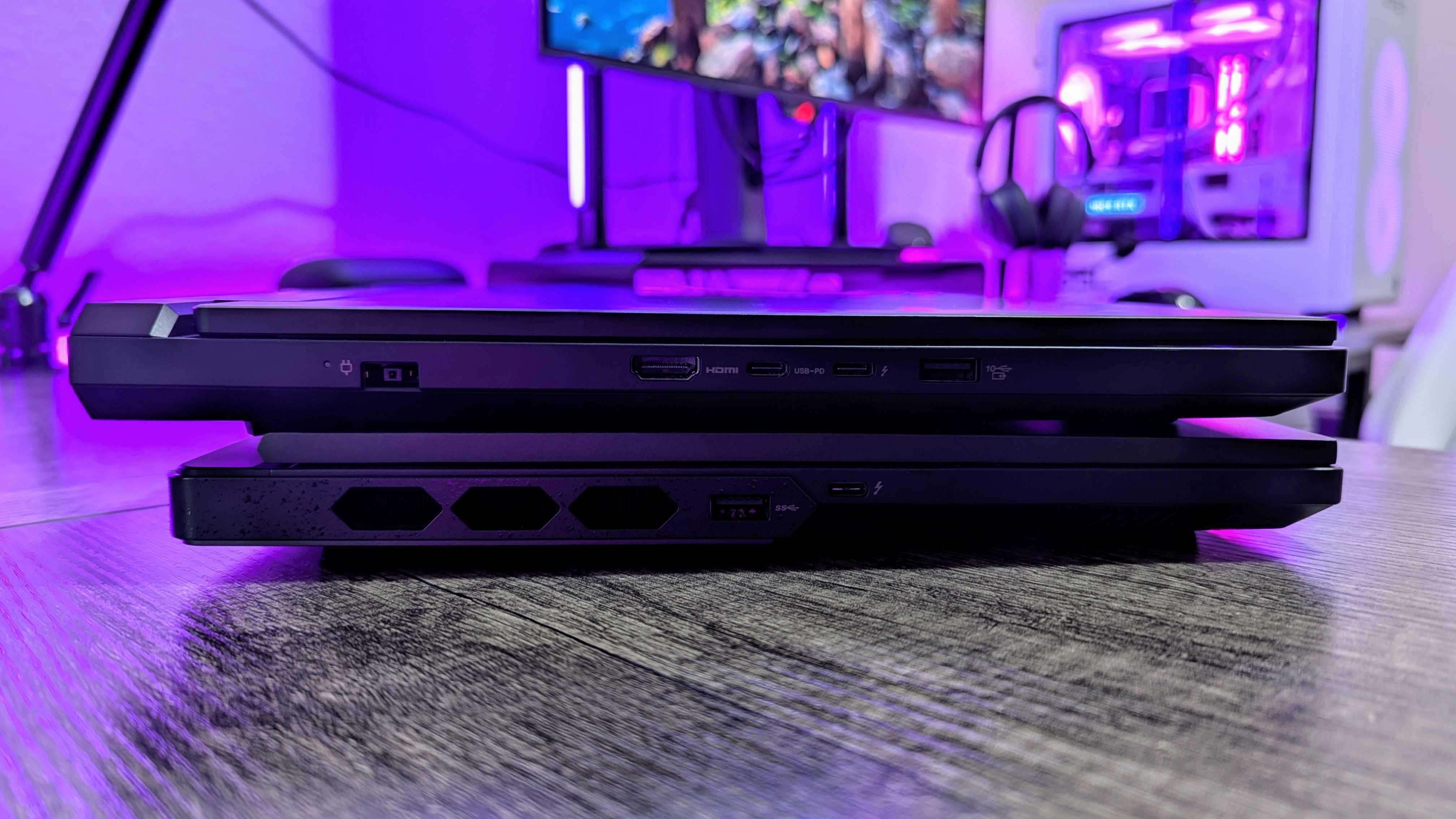
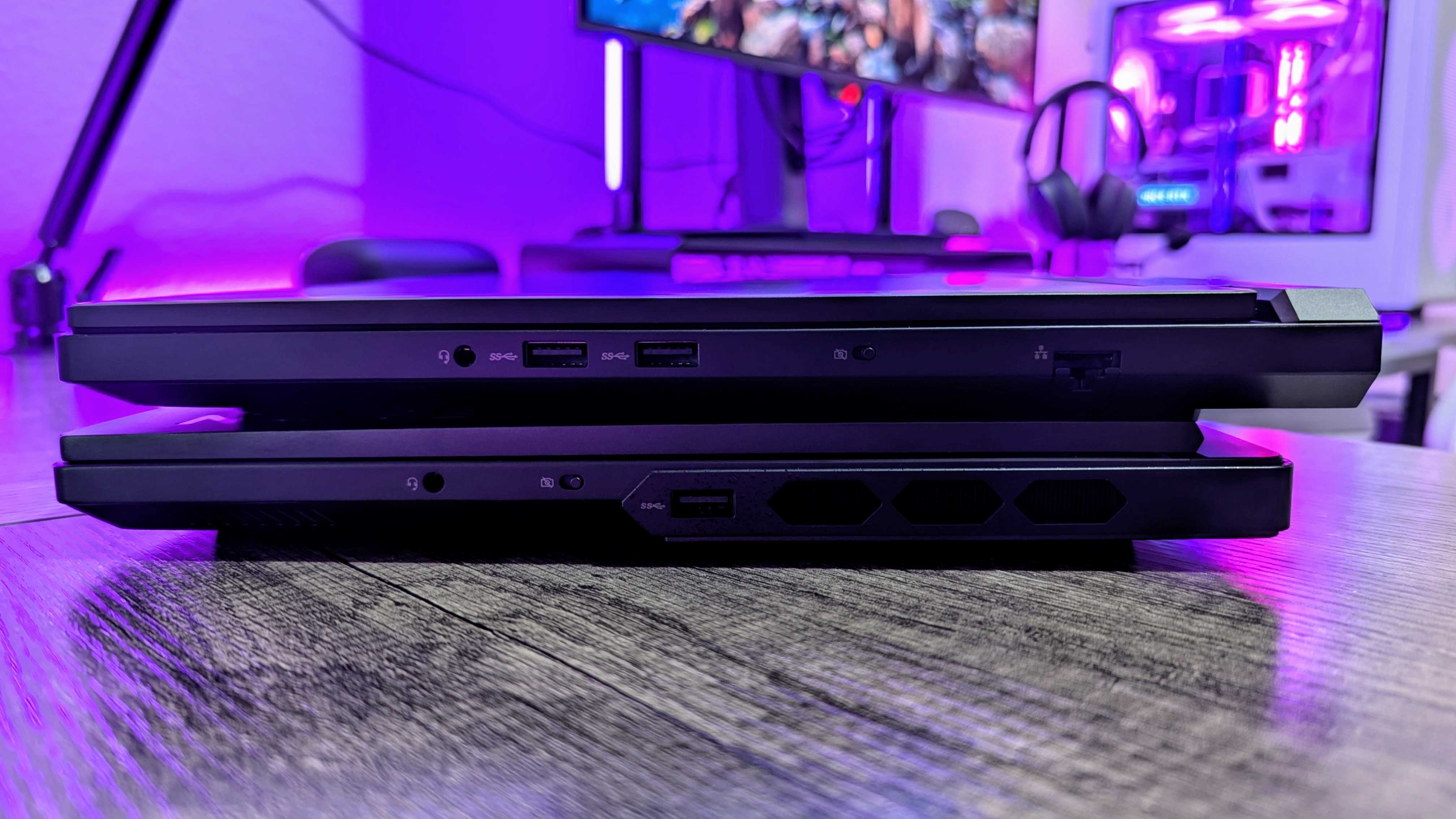
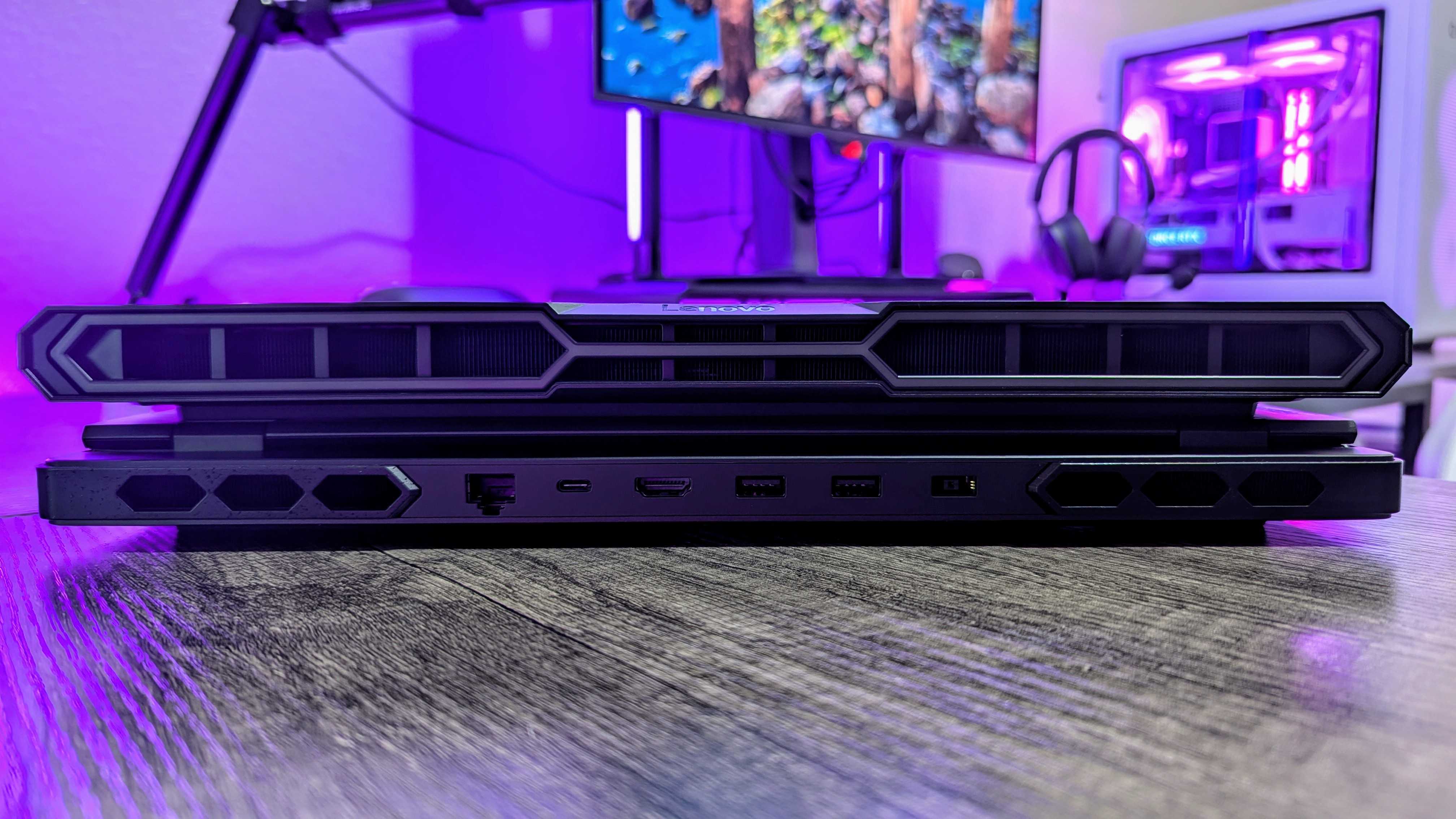
I already explained how what's powering the Lenovo Legion Pro 7i has changed in the tenth generation, but there's a lot more happening here. I still had Gen 9 to directly compare, so here's a rundown of what Lenovo changed.
For one, the Legion Pro 7i is a bit larger in every dimension. It's around 3% thicker, less than 1% wider, and around 5% longer. These are small differences, but the new Legion Pro 7i does feel a lot more substantial because of how it's designed. The display is now sitting flush with the rear thermal shelf.
Despite the roomier chassis, the new Legion Pro 7i is actually around 8% lighter than last year's model. This still isn't what I'd describe as "portable," but the Legion Pro 7i generally looks and feels more refined now, with a less industrial design.
Lenovo's "Coldfront" thermal management solution is responsible for many of these design changes. Lenovo eliminated the rear-mounted ports and redesigned all the ventilation to allow for substantially more airflow through the system.
In my early testing, it does make a difference, but I already really miss the rear-mounted ports.
We lost one of the four USB Type-A ports, but we still get HDMI 2.1, gigabit Ethernet, 3.5mm audio, and USB Type-C. We also finally get a Thunderbolt 4 port with DisplayPort 2.1 and 140W Power Delivery 3.0.
The keyboard has been updated with a cleaner font, the "Legion" logo on the lid is now RGB-lit, and we now get RGB lighting lining the rear-facing ventilation.
These are all subtle refinements, but I do think the new Legion Pro 7i looks much nicer overall.
Just how powerful is the latest Legion Pro 7i?

You'll have to wait for my full review for an in-depth breakdown of this laptop's performance capabilities, but I can provide some quick gameplay numbers from my initial testing.
First, I'm comparing the new Legion Pro 7i with its Core Ultra 9 275HX and RTX 5080 to: the $2,700 Lenovo Legion Pro 7i (Gen 9) I reviewed with an Intel Core i9-14900HX and RTX 4080, the $4,500 Razer Blade 16 (2025) I reviewed with an AMD Ryzen AI 9 HX 370 and RTX 4090, and the $4,500 ASUS ROG Strix SCAR 18 (2025) my colleague is reviewing now with a Core Ultra 9 275HX and RTX 5090.
All four laptops have 240Hz displays, 32GB of RAM, and 2TB of SSD storage.
I played Forza Horizon 5 on its Extreme preset and Gears 5 on its Ultra preset. Both games were set to the maximum 1600p resolution and 240Hz refresh rate, with all NVIDIA DLSS and AMD FidelityFX features disabled.
In FH5, last year's Legion Pro 7i played at 131 frames-per-second (FPS), the Razer Blade 16 played at 144 FPS, the new Legion Pro 7i played at 158 FPS, and the ROG Strix SCAR 18 played at 163 FPS. That's a 21% year-over-year improvement, and only 3% slower than the RTX 5090-equipped ASUS that costs $900 more.
In Gears 5, the results were similar. Last year's Legion Pro 7i played at 119 FPS, the Blade 16 played at 127 FPS, and the new Legion Pro 7i and ROG Strix SCAR 18 played at 134 FPS. That's a 13% year-over-year improvement, and keeps up with what should be a far more powerful laptop.
Should I buy the Lenovo Legion Pro 7i (Gen 10)?
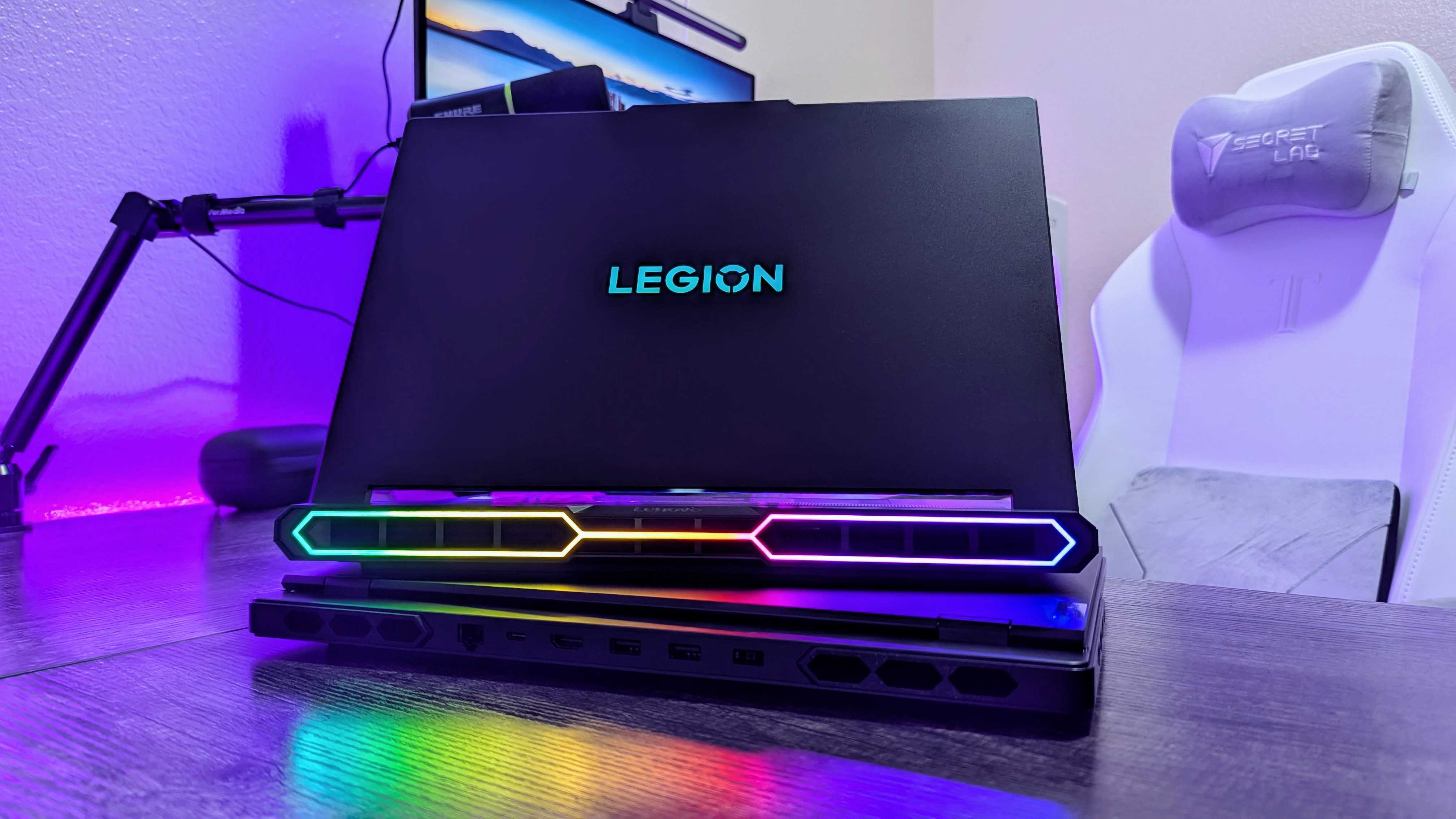
Apart from moving away from rear-mounted ports, I like every change Lenovo made with the redesigned Legion Pro 7i. Performance and thermals were excellent in my early testing, and the new OLED display looked marvelous.
I'm confident at this point that I'm going to love the Legion Pro 7i (Gen 10), but the latest Intel and NVIDIA hardware does lead to an unfortunate side effect: this laptop is a lot more expensive than the last generation.
The new Legion Pro 7i is priced right in line with the most expensive gaming laptops now, when in previous years, this laptop actually felt like a solid deal among premium options.
My time with these new gaming laptops has convinced me of one thing: my colleague was right, the mobile RTX 5090 GPU is a terrible value. The Legion Pro 7i and its RTX 5080 easily keeps up with the ASUS ROG Strix SCAR 18 (2025) that costs $4,499.99 at Best Buy, a bigger laptop with a more powerful (on paper) GPU.
For those who want peak performance and the absolute best Intel and NVIDIA hardware, the Legion Pro 7i seems set to retain its place at the top of my list of recommendations. Still, I'll spend much more time with this laptop before delivering my final verdict.
In the meantime, you can purchase the first Lenovo Legion Pro 7i (Gen 10) configuration at Lenovo for $3,599.99.







